Gabbi knew that real estate was the right career from the start. She is now dual licensed in both Kentucky and Ohio. She had her first sale within a month of getting licensed and hit her first million in volume within her first 6 months. She will have her real estate license for the rest of her life. Call her anytime if you have questions about becoming a real estate agent. She loves to share her passion for real estate with others!
Different Exterior Home Styles

Here's a descriptive list of different exterior home styles.
When getting into real estate the best thing to do is learn as much as you can. A great way to get started is to review different defining features of popular homes in America. According to Neighbor.com, the 10 most popular home types in America are Cape Code, Ranches, Colonial, Contemporary, European, Tudor-Style, Queen Anne Houses, Mediterranean, Prairie, and Mid-Century Modern homes. We are going to explore what makes these houses unique and how to spot key features within each style.
- Cape Cod –These homes usually appear with a symmetrical style with a centered front entry. You can pick out a Cape Code home by their steep roods and side gables that overhang. The chimney on these homes should be centralized and with a shingle siding. Many of the antique homes have a “Cape Cod” basement, which is a circular pit lined with stone or brick. It’s great to fit a water heater, boiler, or electrical panel.
- Ranch Houses –The defining feature of a Ranch is that it is a single floor layout often paired with an open floor plan. Ranches usually have a patio or deck space overlooking the yard. Another feature is an attached garage and often a finished basement.
- Colonial Houses –The most obvious sign of a Colonial house is symmetry. They normally have a square or rectangle shape, with the door located exactly in the center and the same number of windows on either side. They tend to have two to three stories with traditional room layouts. They have steep, side-gabled roofs, which means that the triangular portion of the roof is only visible from the sides.
- Contemporary Houses –These homes are usually designed with irregular facades. Their asymmetrical designs are usually met with strong geometric shapes. Contemporary homes typically have extensive use of natural light and an open floor plan. Windows are large often clerestory styled.
- European House –Brick or stone exterior is the identifier for a European-styled home. They include highly pitched roofs with tall windows and shutters. Look for traditional ornamental details like pediments and keystones.
- Tudor Style Houses –You can find a Tudor by looking for their steep-pitched gable rood and elaborate chimney combination. The doorways to these homes stand out because they are usually embellished, along with decorative windows, and excessively expose wood framework.
- Queen Anne Houses –There are several distinctive features associated with a Queen Anne house including polygonal towers, asymmetrical façade, and dominant front-facing gables. A key element is a wrap-around porch coving part or all of the front-facing façade. The peak period for this type of housing was between 1880-1900. The style was named and popularized in England by a then-popular architect Richard Shaw.
- Mediterranean Houses –This home is typically found in warmer climates. Mediterranean homes can be spotted by their red-tile roofing (usually terra cotta). It’s often paired with a brick or stucco that’s likely painted white. Look for stone details, carved doors, and raw iron metalwork on windows and over balconies. This luxurious and comfortable style is influenced by European and rustic décor.
- Prairie Houses –Prairie-styled homes are usually one or two stories high with an open floor plan. They tend to have a low-pitched rood with broad overhanging eaves. The focal point of the eye tends to be the strong horizontal lines of the building. Prairie homes also feature a prominent, central-facing chimney.
- Mid-Century Modern Houses –This style of home is known for its rigorous geometric lines and large pane windows. They were created for being integrated with nature. The style includes sliding glass doors and expansive glass windows that allow light to enter rooms from multiple vantage points. Mid-Century Modern aims to be sleek, cool, sophisticated, and functional.
Take your time with each home as you study and look at different pictures so that you can see the different features that make each style unique. It’s important to think about how people prefer different styles and how to recognize a home before you introduce it to a client.
About the Author
Recent Posts
Let's Stay Connected
Follow us on and become part of the PREC community
Never miss a tweet by connecting with us on Twitter
Check our our posts about trends in real estate industry and market
Have Questions?
Leave Us Your Info & We Will Reach Out









